Content from the Brookings Institution India Center is now archived. After seven years of an impactful partnership, as of September 11, 2020, Brookings India is now the Centre for Social and Economic Progress, an independent public policy institution based in India.
This article first appeared in the Financial Express. The views are of the author(s).
US president Donald Trump’s withdrawal from the Trans Pacific Partnership (TPP) on his first day in office left the TPP highly uncertain. After several attempts to clarify the way ahead, the rest of eleven TPP economies (TPP11) have recently agreed to continue the momentum to conclude the agreement, with some amendments. In particular, they have excluded certain topics of specific interest to the US (e.g., IPR), but the other text is intact including several issues that are important for the US. The name of the new agreement will be the Comprehensive and Progressive Agreement for Trans-Pacific Partnership (CPTPP). The renewed agreement CPTPP, with a changed name and somewhat different content, provides an opportunity for president Trump to develop his own legacy with a new trade agreement that meets the economic and strategic interests of the US, embodying his vision. This would be a good complement to his recently-concluded trip to Asia, and will provide a substantive basis to connect economies in the region within a forward-looking framework of a new, amended agreement. Trump is presently engaged in renewing NAFTA, the US trade agreement with Canada and Mexico (both members of TPP11). If the US considers engaging with CPTPP, perhaps there could be a basis to see the emergence of a Comprehensive Asia Pacific Free Trade Agreement (CAPFTA), which takes account of the sensitivities of both the US and the eleven economies that are a part of CPTPP.
To read more, please click here.
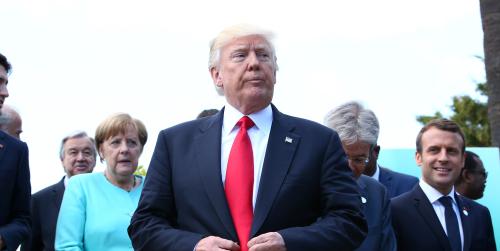

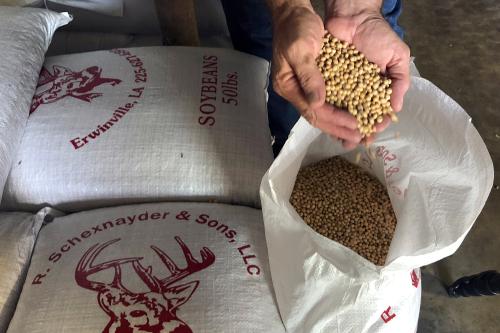
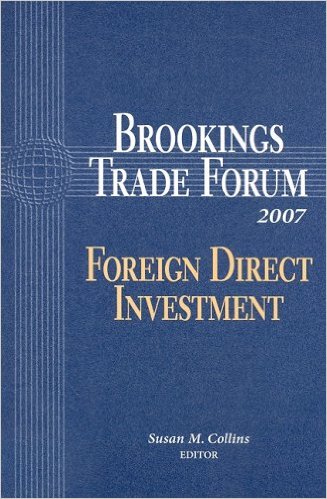

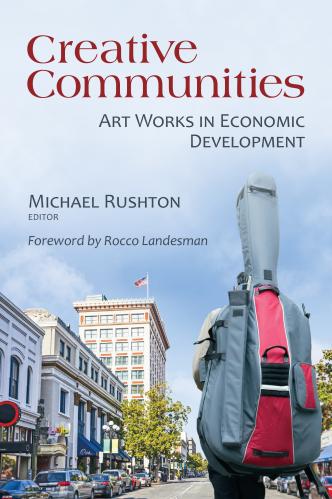

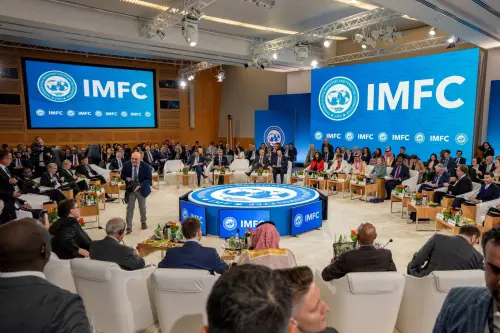
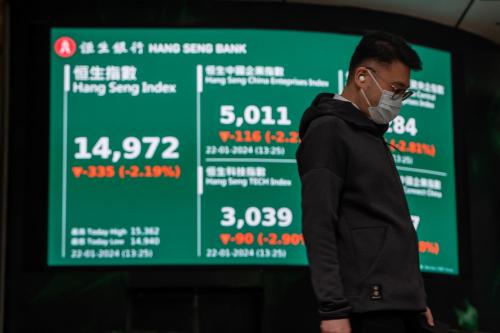

Commentary
Op-edWhy Donald Trump must grab the opportunity to get US trade policy right
December 5, 2017